Purchasing kitchen cabinets from Chinese manufacturers can save costs, provide excellent quality, and offer diverse design choices. This guide will help you navigate the process step by step, ensuring a smooth and successful purchase.
Why Buy Kitchen Cabinets from China?
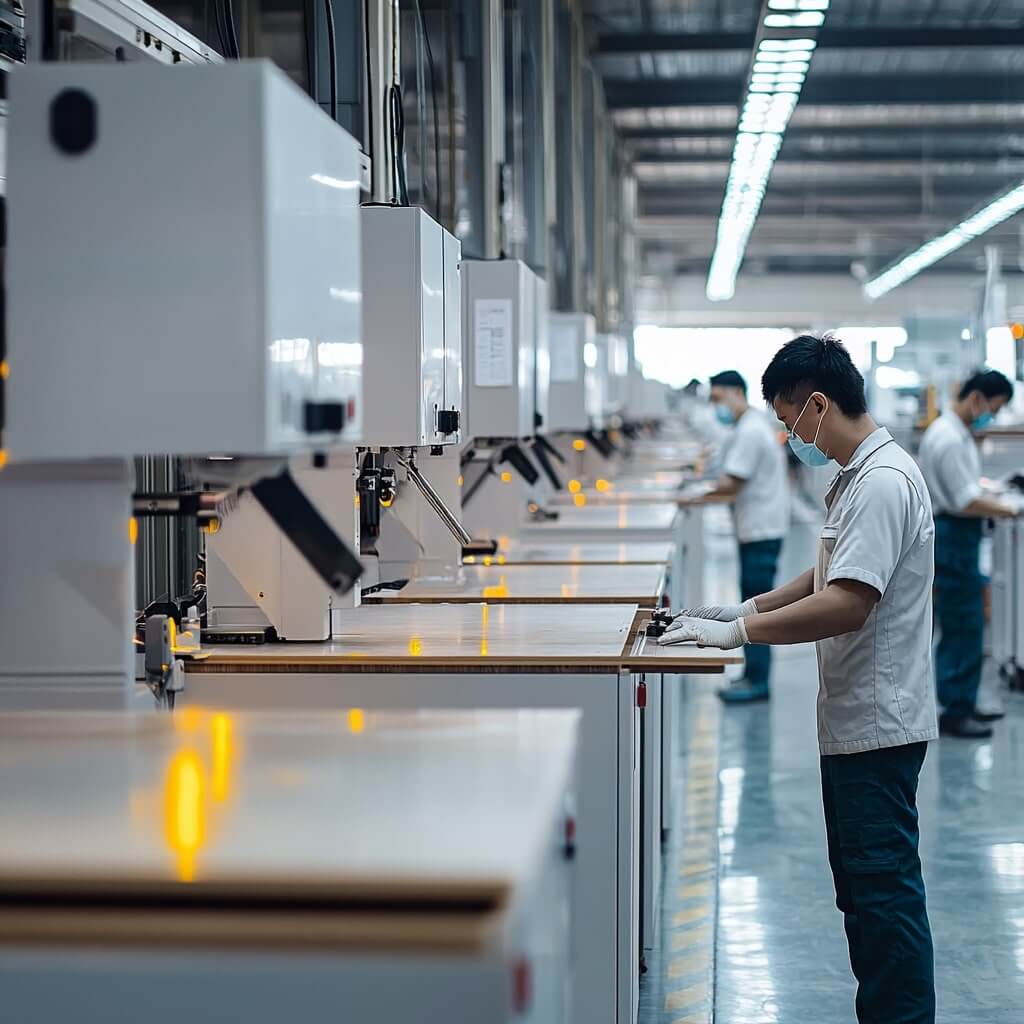
China is a leading destination for kitchen cabinet sourcing. Here’s why:
1. Affordable Prices
China’s advanced manufacturing processes and lower labor costs result in competitive pricing without compromising quality.
2. Excellent Quality
Renowned global brands like IKEA and Ashley Furniture rely on Chinese manufacturers for their precision and craftsmanship.
3. Wide Design Variety
From classic shaker cabinets to modern minimalist designs, China offers styles to match every preference.
4. Efficient Logistics
With well-developed transportation networks, China ensures smooth shipping to international destinations.
Common Materials Used in Quality Chinese Kitchen Cabinets
Choosing the right material is crucial for durability and aesthetics. Here are the most common materials used:
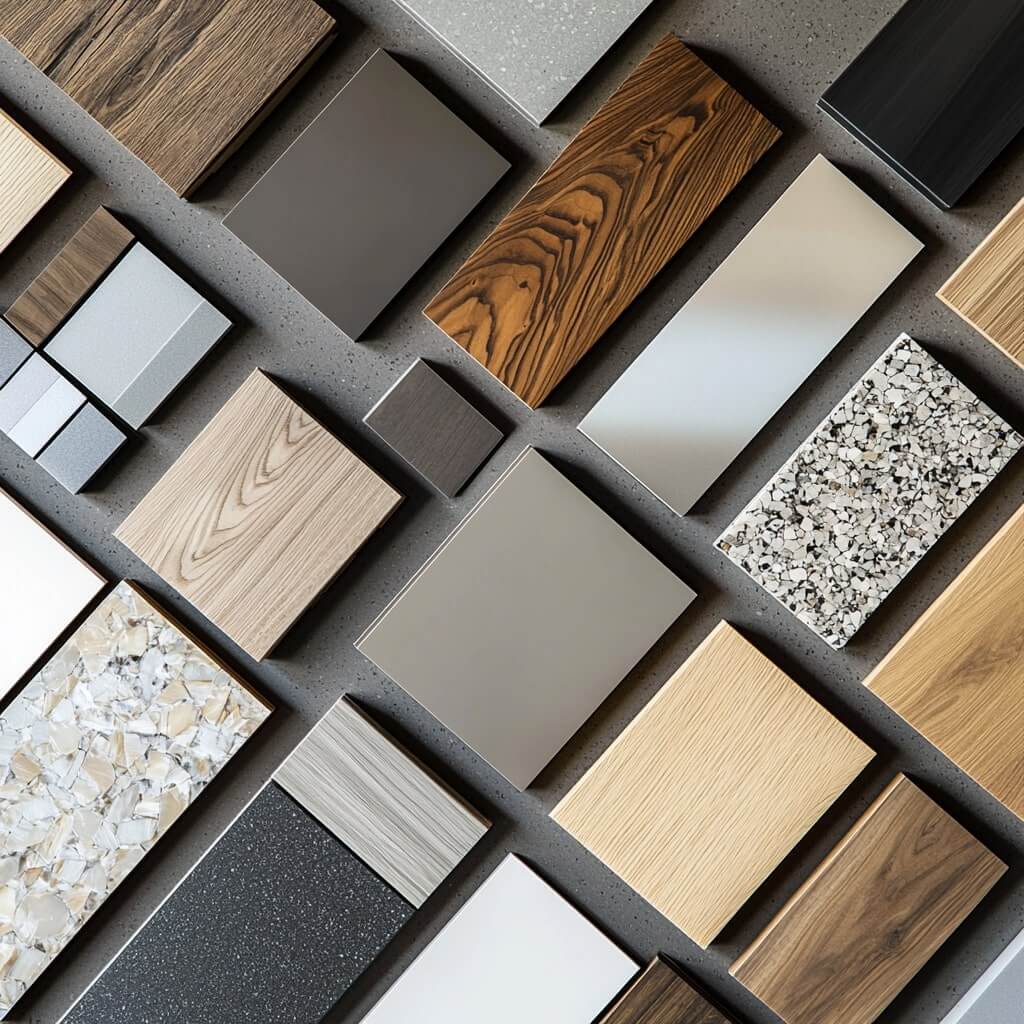
| Material | Features | Pros | Cons |
|---|---|---|---|
| Solid Wood | Natural grain, premium look. | Durable, luxurious. | Expensive. |
| Plywood | Layers of veneer glued together. | Strong, moisture-resistant. | Costs more than MDF. |
| MDF | Engineered wood with smooth surface. | Affordable, great for painting. | Less durable than plywood. |
| Particleboard | Made from wood particles and adhesive. | Budget-friendly. | Not ideal for wet areas. |
| Aluminum | Lightweight, corrosion-resistant metal. | Modern, rust-proof. | Limited style options. |
| Stainless Steel | Sleek, shiny metal. | Durable, industrial aesthetic. | High cost. |
| Veneer | Thin wood layer on composite core. | Mimics solid wood at lower cost. | Less durable than solid wood. |
Where to Buy Kitchen Cabinets Direct from Manufacturers in China
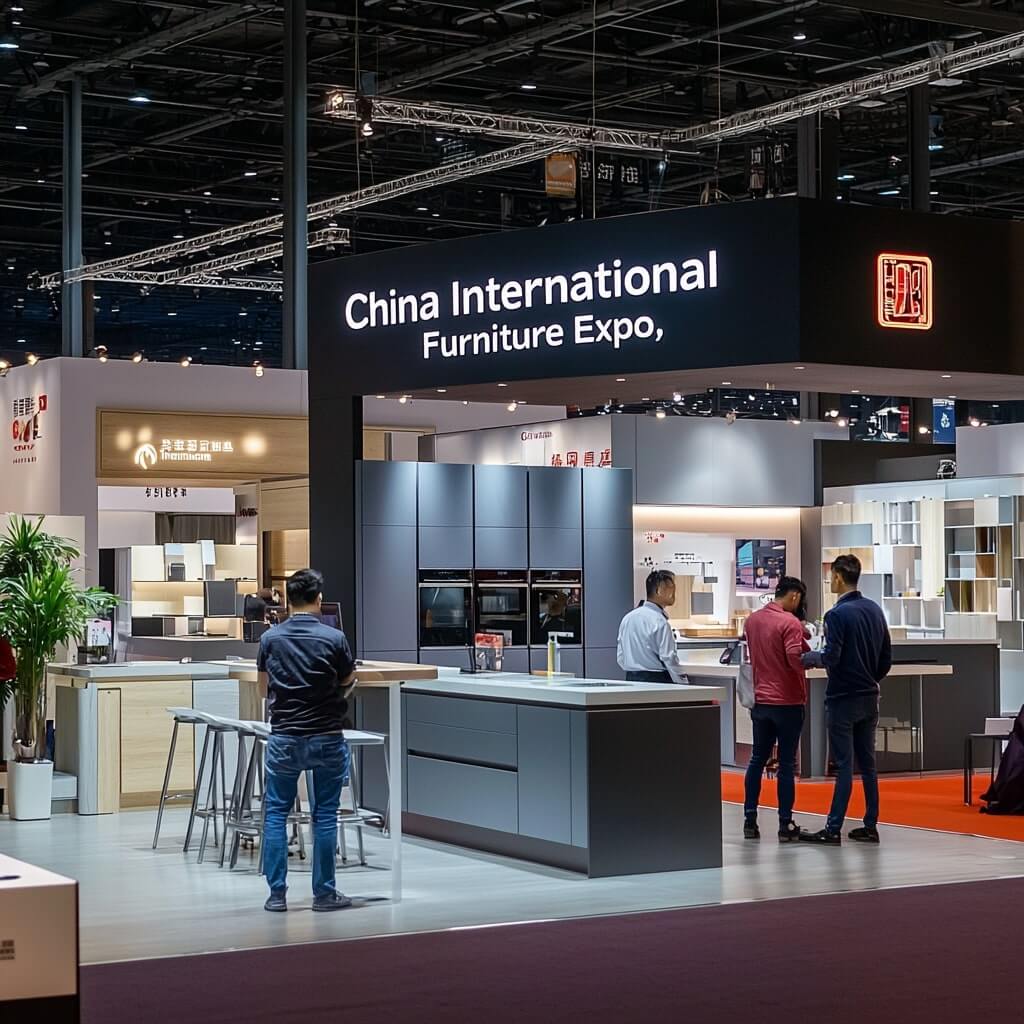
1. Alibaba.com
- Description: World’s largest e-commerce platform connecting buyers with manufacturers, suppliers, and traders.
- Benefits: Access to millions of products and suppliers, with detailed company profiles, materials used, certifications, and customer feedback.
- Considerations: Ensure thorough due diligence to verify supplier credibility.
2. Attend Trade Shows
- Benefits: Meet suppliers face-to-face, inspect product samples, and directly ask questions.
- Major Trade Shows:
- China International Integrated Custom House Expo in Beijing – June
- China International Furniture Fair in Guangzhou – July
- China International Furniture Expo in Shanghai – September
- China International Furniture Fair in Shanghai – September
3. Visit Furniture Malls and Manufacturing Markets
- Location: Cities like Foshan, known as the center of furniture production.
- Benefits: Manufacturers have showrooms and warehouses with a wide array of designs and materials.
- Considerations: Boke Furniture can assist with communication and negotiations.
How to Buy Kitchen Cabinets from China
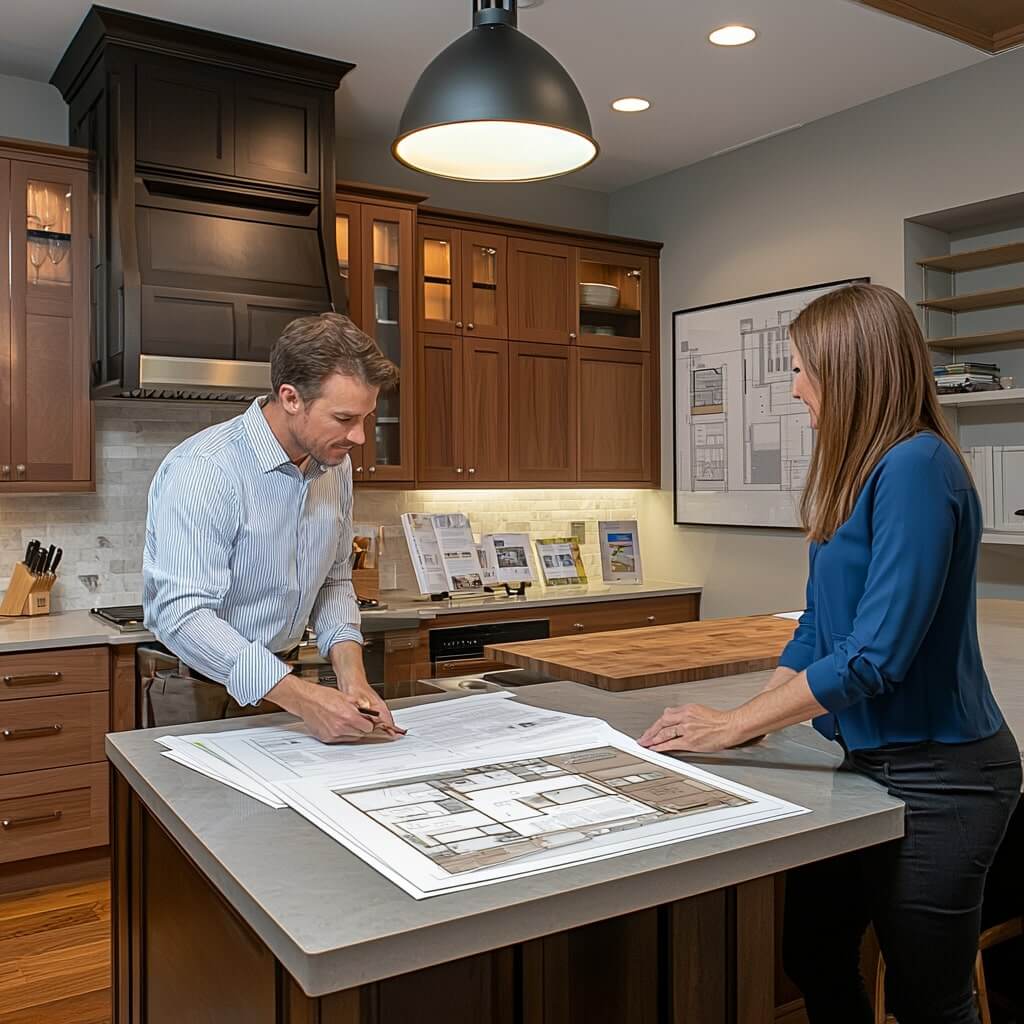
1. Identify Floor Plan
- Action: Measure your kitchen space to determine the types and sizes of cabinets needed.
- Benefit: Maximizes space and ensures functional layout.
- Tip: Consider hiring a professional designer for a detailed floor plan.
2. Consider Budget and Cabinet Function
- Types of Cabinets:
- Stock Cabinets (RTA): Budget-friendly, limited styles.
- Semi-Custom Cabinets: Mid-range cost, more style options.
- Custom Cabinets: Expensive, made to exact specifications.
- Functionality: Choose cabinets based on your cooking habits and storage needs.
3. Determine Materials and Request Quotations
- Materials: Decide between solid wood, plywood, MDF, particleboard, aluminum, or stainless steel.
- Action: Ask suppliers for quotations to compare prices and materials within your budget.
4. Confirm Design
- Action: Provide exact specifications, measurements, and preferred materials to the supplier.
- Tip: Review and approve detailed drawings or illustrations before finalizing the order.
5. Pay Deposit and Schedule Production
- Action: Make a deposit to initiate production.
- Considerations: Production time can range from 30 to 70 days, excluding delays.
Ordering Process When Buying Kitchen Cabinets from China
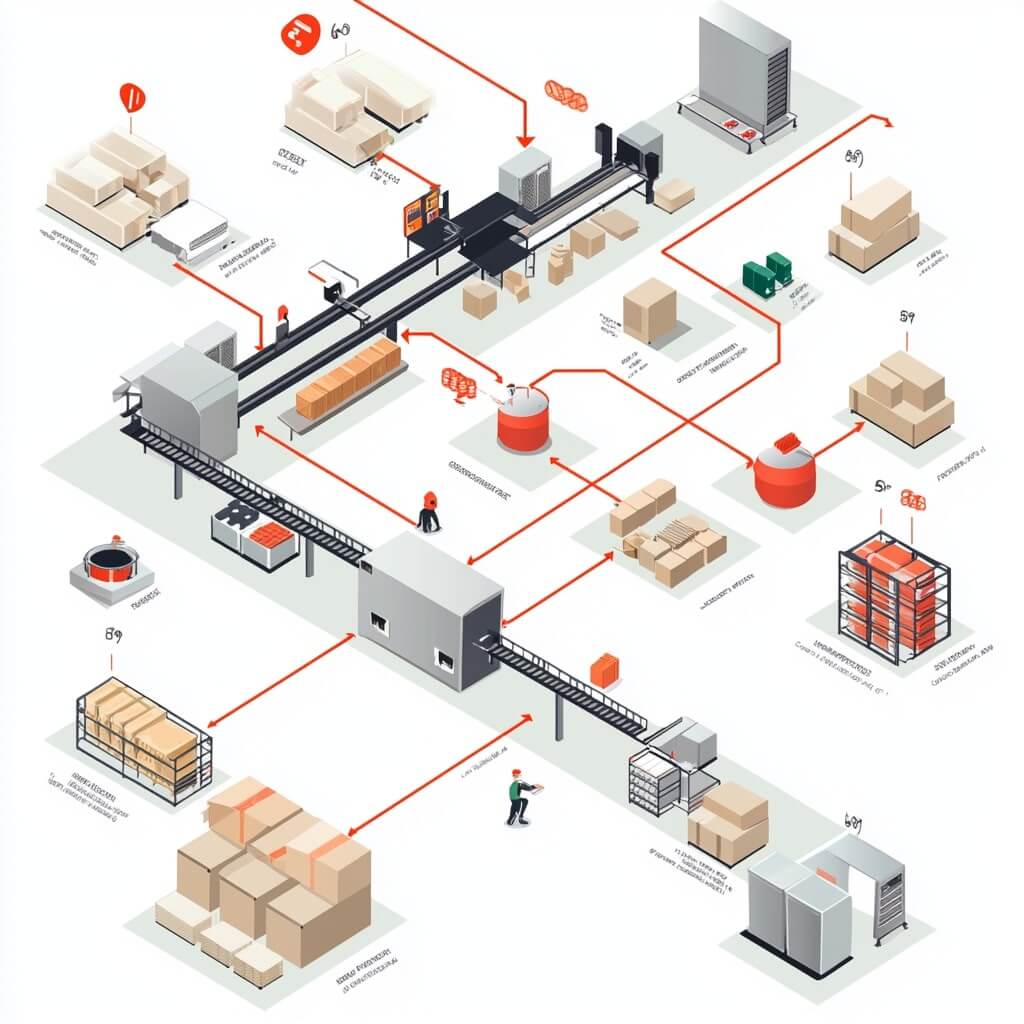
1. Layout and Functionality
- Action: Finalize the kitchen layout and cabinet functions.
- Benefit: Ensures cabinets meet your specific needs and space requirements.
2. Materials and Components
- Action: Specify all details, including sizes, colors, materials, and hardware.
- Tip: Use precise measurements and detailed drawings.
3. 3D Design
- Action: Review 3D design concepts provided by the manufacturer.
- Benefit: Visualizes the final product and allows for adjustments.
4. Production Time
- Timeline: Generally takes 30 to 60 days, depending on complexity.
5. Inspection
- Action: Arrange for quality control inspections during production.
- Benefit: Ensures products meet quality standards before shipment.
6. Shipping
- Action: Coordinate with the supplier for shipping arrangements.
- Tip: Consider working with experienced shipping services for faster delivery.
Potential Problems with Imported Kitchen Cabinets from China

1. Quality Issues
- Problems: Scratches, uneven color, substandard finish, cheap hardware.
- Solution: Choose suppliers with strict quality control and consider hiring Boke Furniture.
2. Shipment and Delivery Delays
- Problems: Delays due to holidays, production issues, or logistics.
- Solution: Plan ahead, be aware of Chinese holidays, and include delivery schedules in contracts.
3. Installation Problems
- Problems: Incorrect measurements leading to fitting issues.
- Solution: Provide accurate measurements and confirm specifications before production.
4. Non-Complying Suppliers
- Problems: Use of hazardous materials, production shortcuts.
- Solution: Verify environmental compliance certificates and work with reputable manufacturers.
How to Find the Best China Kitchen Cabinet Supplier

1. Support Team for Project Solutions
- Importance: A dedicated support team assists with project coordination, communication, and problem-solving.
- Tip: Ensure the team is knowledgeable and proficient in English.
2. Strict Quality Control Prior to Shipment
- Action: Confirm the supplier has rigorous quality inspections to detect and correct issues before shipping.
3. Good Market Competitiveness and Industrial Competency
- Considerations: Evaluate the manufacturer’s experience, certifications, and reputation in the industry.
4. Easy Guidance and Professional Advice
- Action: Consult professionals like architects and designers to clarify your needs.
- Benefit: Helps in making informed decisions and finding the right supplier.
Conclusion
Buying kitchen cabinets directly from Chinese manufacturers can be a cost-effective and rewarding experience when done correctly. By understanding the materials, knowing where to find reputable suppliers, and being aware of potential challenges, you can ensure a smooth purchasing process. Partnering with professionals or Boke Furniture can further enhance your experience, providing guidance and expertise every step of the way.
